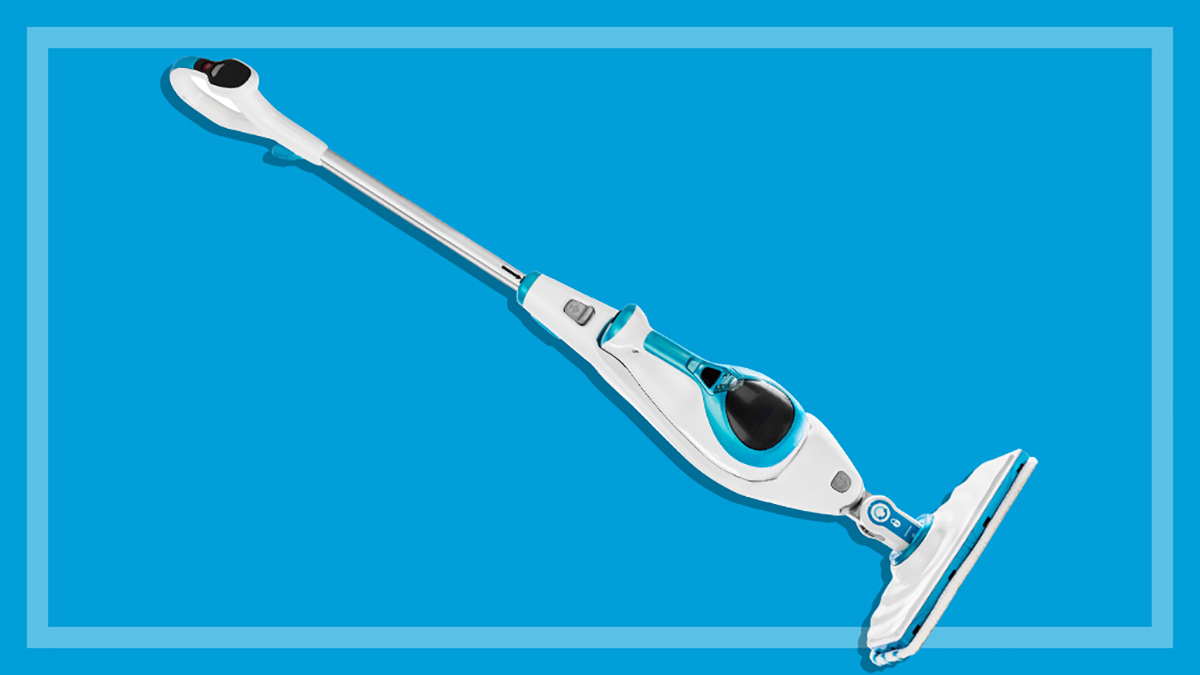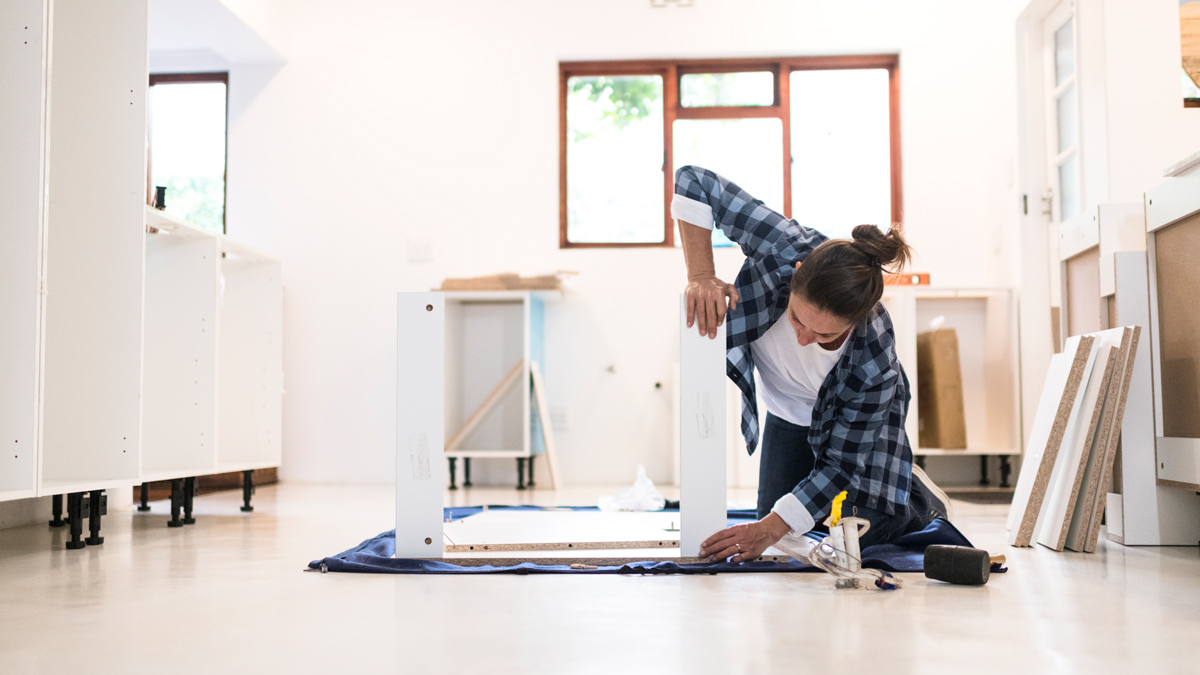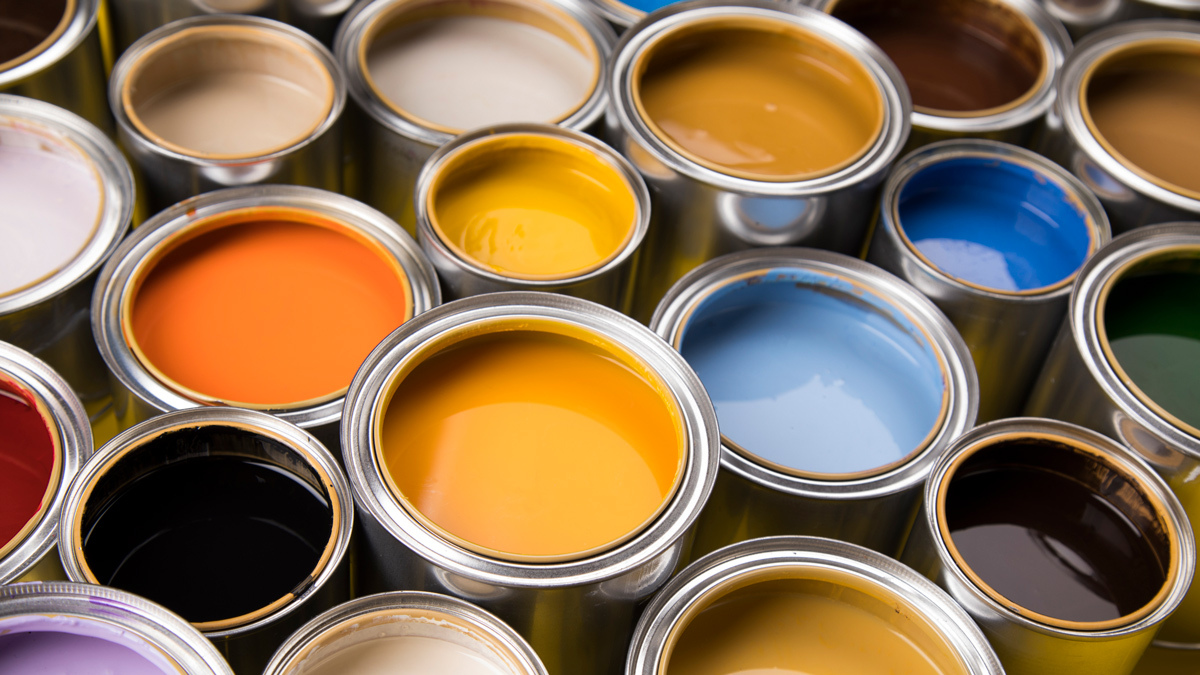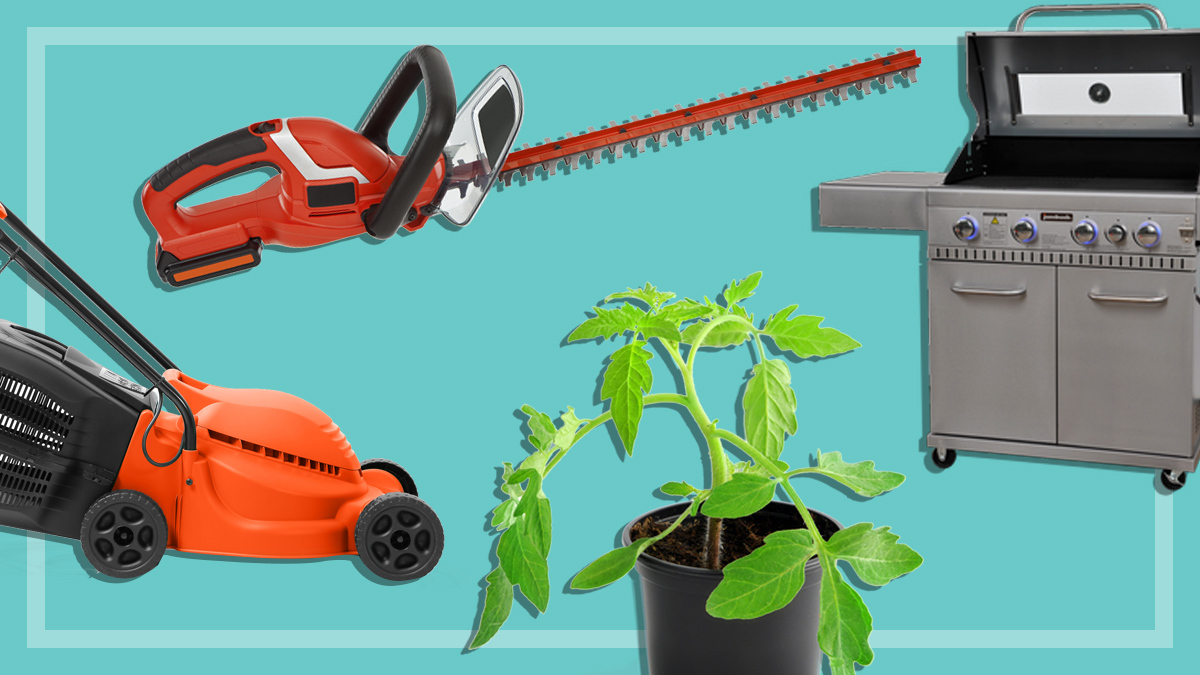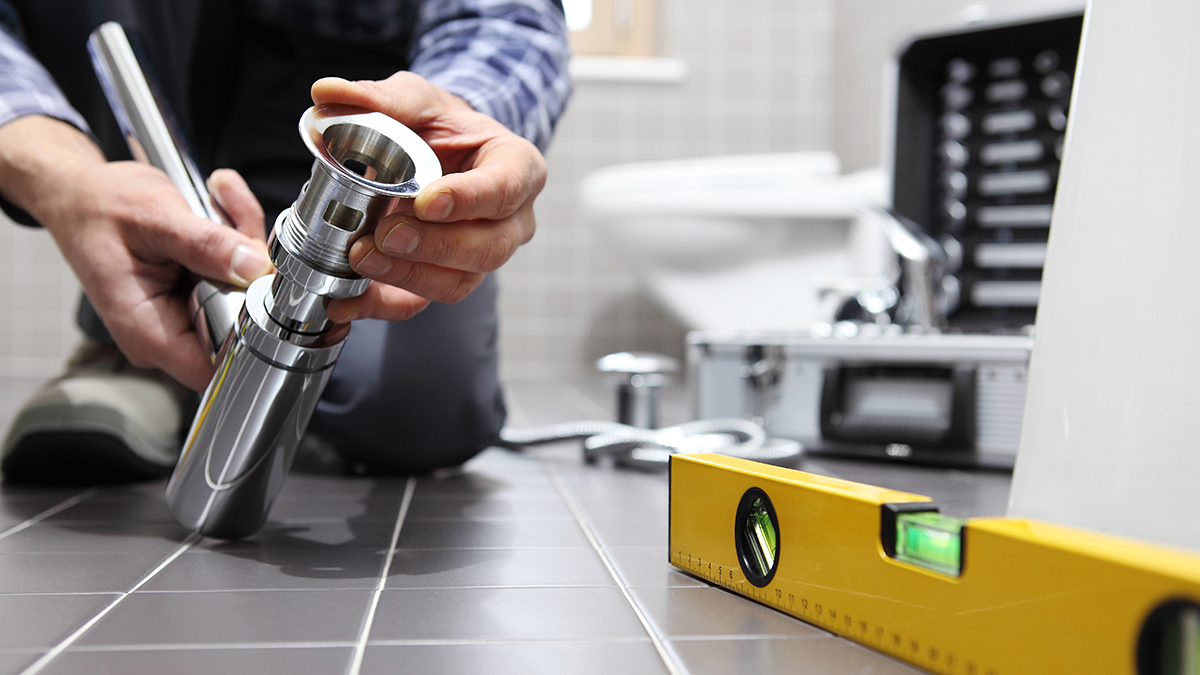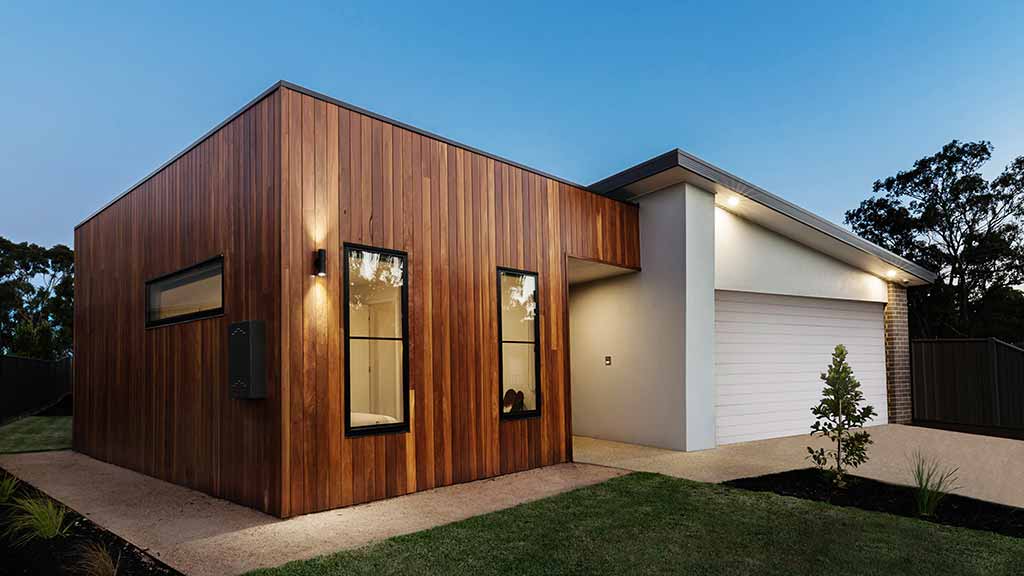Get our independent lab tests, expert reviews and honest advice.
How to buy the best timber and tile flooring
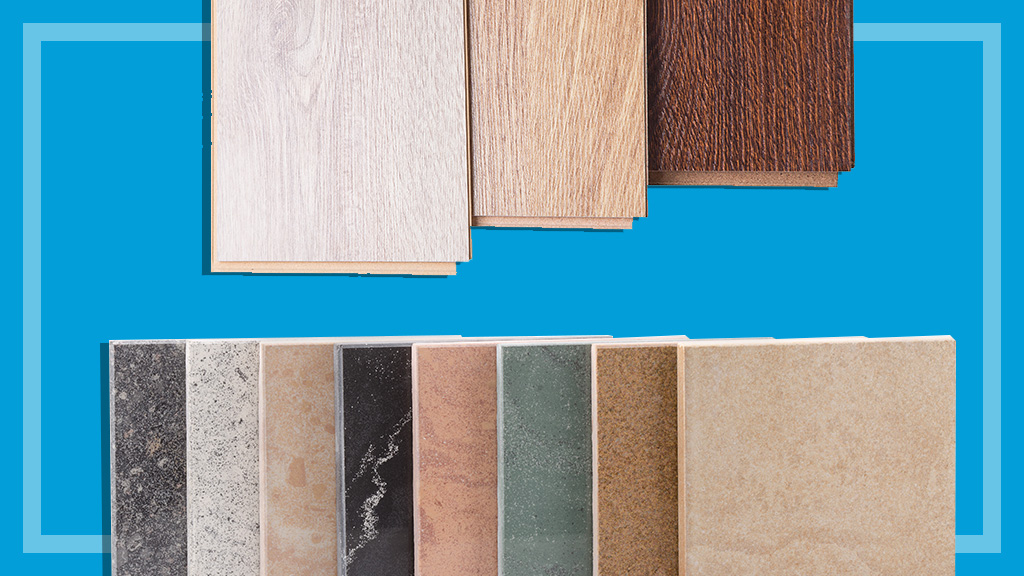
Is it time for a flooring facelift? One of the great renovation joys is pulling up old carpet to reveal pristine kauri pine floorboards, ripe for revival. And if those old boards are a little worse for wear or you’re starting a floor from scratch, new (or recycled) hard flooring looks great and is very practical – for busy, messy households cluttered with kids and pets and luxury homes alike.
On this page:
Others love the cool, smooth feel of tiles – not just for bathrooms but living areas as well. They’re long-lasting and easy to maintain. First used in ancient Egypt and Greece, natural stone flooring has certainly stood the test of time.
People love hard floors because they are fairly low maintenance, easy to clean, and they wear well. It’s also the flooring of choice for people with allergies as hard floors won’t harbour dust mites the way carpet can. But you still need to take care of timber and tiles to make sure they last you a long time. You also want to choose right for your budget, but luckily there’s a wide range of options for all hard floor lovers.
Although cork, rubber, vinyl and polished concrete are all hard flooring options, timber and tiles are still the most popular.
Timber flooring
Timber flooring has very wide appeal and comes in a variety of looks and styles. You can choose between structural solid plank floorboards that slot together, parquetry designs, and floating floors that can be overlaid on pre-existing solid floors.
Timber flooring is very durable, comfortable, low-allergenic and easy to care for. But it is not entirely ‘lay and forget’. You need to buff and re-coat high traffic areas every three to four years – not just to keep it looking good, but also to maintain its moisture resistance to prevent warping and other problems. However the downside is that if you get a very heavy scratch, you’ll need to sand back and re-coat the entire area the scratch is in – a lot more expensive.
Well-sealed timber will resist spills, stains and chemicals, but if left unsealed it can stain, dent and scratch easily – not very practical for homes.
Structural timber floors
These are the traditional type of timber boards laid on bearers or joists. Boards of structural flooring typically come in 100 and 150mm widths and are generally available in various click-together tongue and groove designs.
Structural floors should really be installed by a professional, but it can be a time-consuming process. Timber boards need to acclimatise to their environment, so you may need to leave them for up to two weeks to settle in before laying them.
Cost
Cost varies according to the grade of timber. Generally, three grades are available:
- The cheapest (around $40/m2) has more knots, grain and natural variation.
- ‘Standard’ or mid-grade timber ($50–$70/m2).
- The most expensive grade ($60–$100/m2) has the fewest defects.
Boards can be ordered up to 30mm thick, but 19mm is a fairly standard thickness.
Popular species include brush box, blackbutt, spotted gum and jarrah, but there are at least 20 varieties to choose from.
Although timber is generally regarded as a good environmental building material choice, the logging of native old-growth forests remains a subject of heated debate. If you’re concerned, choose a product certified as originating from sustainably managed plantations or use recycled timber. See our sustainable flooring guide for more information.
Floating timber floors
Unlike structural timber floors, floating floors aren’t attached to a subfloor system — they’re laid over the existing solid floor, such as tiles, concrete, timber floorboards, plywood, particle board or cork.
They’re usually installed on underlay, which provides good noise insulation for use in multi-storey apartment buildings and homes.
Because floating floors aren’t nailed down like conventional floorboards, any movement in the boards is spread across the entire floor, which makes gaps less likely to appear, however they are less popular these days due to the click clack noise that develops when gaps do appear.
Timber floating floors consist of tongue-and-groove boards made from a thin layer of softwood or hardwood bonded to a high-density fibreboard substrate. They’re often pre-coated to enhance their wearability (polyurethane is common), but it’s possible to coat after installation. They can also be sanded back and refurbished if necessary.
Laminated ‘faux’ timber finishes are widely available and are commonly referred to as laminate flooring. If you go for this option, make sure you’re happy with how closely (or otherwise) it resembles the real thing.
Cost
Floating floors vary in cost, depending on the thickness and the type of feature timber. Prices start from around $40/m2 up to $100/m2 (which may or may not include underlay – around $5–$10/m2).
Laminated ‘timber-look’ products are priced from around $25/m2.
Choosing a floating floor means you could possibly install it yourself and save a lot of money. But some products still recommend professional installation. Typical professional installation costs are around $30–$40/m2, which includes underlay.
Is bamboo for you?
Bamboo is a renewable resource that grows faster than timber. It’s also a very hard-wearing and durable surface. For these reasons it’s becoming a popular flooring alternative to timber. Natural (uncarbonised) bamboo is very hard and quite scratch resistant, but it tends to darken if you don’t protect it from direct sunlight.
Cost
Bamboo costs around $90/m2 for either structural or floating floor boards. Installation of structural boards will cost you around $50–$60/m2.
Tiles
There’s a vast array of ceramic, natural and man-made stone tiles in a huge range of designs and styles.
Porcelain tiles
Porcelain tiles are a type of ceramic and are good for indoor and outdoor flooring – they’re more hard-wearing and easier to maintain than natural stone.
They come in two types: glazed or vitrified (also known as full-bodied). Vitrified tiles are the same colour all the way through, so unlike glazed tiles, if they’re chipped or in very heavy wear situations, they’ll retain their original colour.
Glazed tiles are around $20/m2 to $100/m2. Vitrified porcelain tiles come in a ‘natural’ (from around $50/m2) or polished finish (from around $90/m2).
Natural stone tiles
Natural stone like travertine, shellstone, limestone and marble are also popular materials for floor tiles. They will probably need to be re-sealed regularly to protect them from water and wear, because natural stone tends to be porous.
Prices start from around $80/m2. Depending on your particular situation, installation of tiles will generally add around another $50/m2 to the cost.
Other hard floors
If timber or tiles aren’t for you, and you don’t want carpet, some other hard flooring materials you could consider include:
Cork
Pros include hard-wearing aesthetic appeal and comfy, soft, warm feel underfoot. It’s also easy to clean when sealed and resists fading
On the downside, it has relatively poor water and stain resistance unless it’s well-sealed.
Rubber
Pros include softness underfoot, durability and fade resistance.
Cons include being relatively difficult to clean and poor resistance to marks, stains and indentations.
Vinyl
Pros include an almost inexhaustible range of styles, patterns and colours, easy maintenance, fairly soft underfoot and good fade-resistance. It’s also priced to suit a range of budgets and is easy to install, even DIY. There is now a version of vinyl called vinyl planking, which is not glued down and, if damaged, planks can be removed individually to replace rather than the entire flooring. These tend to be used in rental places these days.
Cons include poor resistance to scratching and indentations, and cheaper versions may be considered a relatively short-term flooring option.
Polished concrete
Pros include a modern look, with various colours and embedded contrast (aggregate) to create a distinctive look; can be hard-wearing (depending on the seal) and easy to clean. Under the right conditions – adjacent to large, north-facing windows – it can be used to provide passive heating in winter.
Cons are its hardness – it’s unforgiving of falls or dropped crockery – and it can be cold in winter if it isn’t heated by sun or artificial heating. Polished concrete is best done at construction stage when it will be less expensive than retrofitting.

